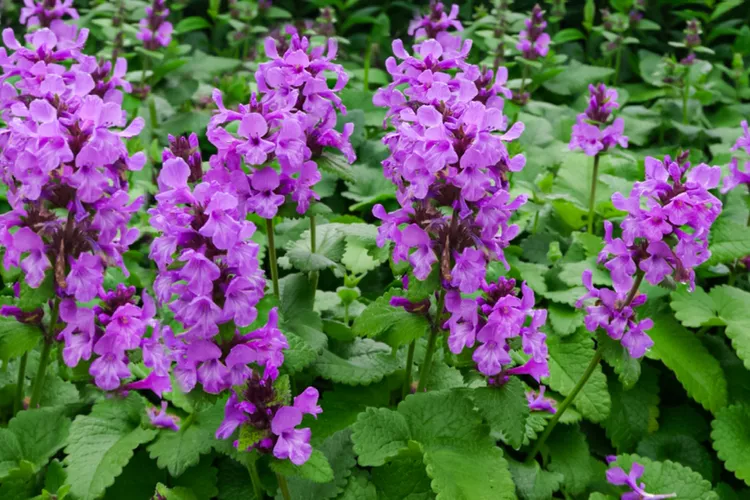
Description
Betony is a wonderful herb for the herb garden. It is a lovely flowering specimen offering blooms. A wonderful plant for the herb garden is betony. It is a beautiful specimen that grows well in partial shade and has blooms that range in color from white to deep purple. The blooms are eye-catching and durable. Their distinct form renders them a striking augmentation to a rock garden. Depending on the kind, betony can reach heights of up to three feet (be sure to read the tags!).
Another unusual feature of betony is its odd flowering pattern, which consists of a brief spike of blooms at the top followed by stem development and another burst of flowers further down. Known as an interrupted spike, the flowers will liven up a space that can be dull from too little sunlight by adding interest and brightness.
Habitat
This perennial herb is indigenous to both North America and Europe.
Uses
Betony, like many herbs, has a storied history. It was regarded as a supernatural herb and was thought to offer protection from danger as far back as Egyptian times. In order to ward off evil spirits, individuals wore amulets composed of betony during the Middle Ages.
Betony is a great black tea substitute for the culinary herb garden. It is widely used as a foundation herb in herb tea blends, offering a delicate, fresh taste.
Betony has a lengthy history of use in medicine. The Romans recorded at least 47 ailments that they thought betony might heal. It was also thought that injured wild animals consumed betony.

Plant Care
- Betony is a low maintenance and easy plant to grow. After plants have been established, watering is only required in extremely rare instances of prolonged drought.
- Fertilize your betony plants in the spring with mature compost or plant-based fertilizer, like our Plantura All Purpose Plant Food, to promote healthy growth and flowering. Since wood betony is entirely resilient down to -5°C in latitudes, it doesn’t require any winter protection.
- Late fall is when the plant dies back. Cut off the dead sections of the plant near to the ground before new shoots emerge the following spring. Bishop’s wort can be vegetatively propagated in the autumn by splitting it with a spade.
Table





